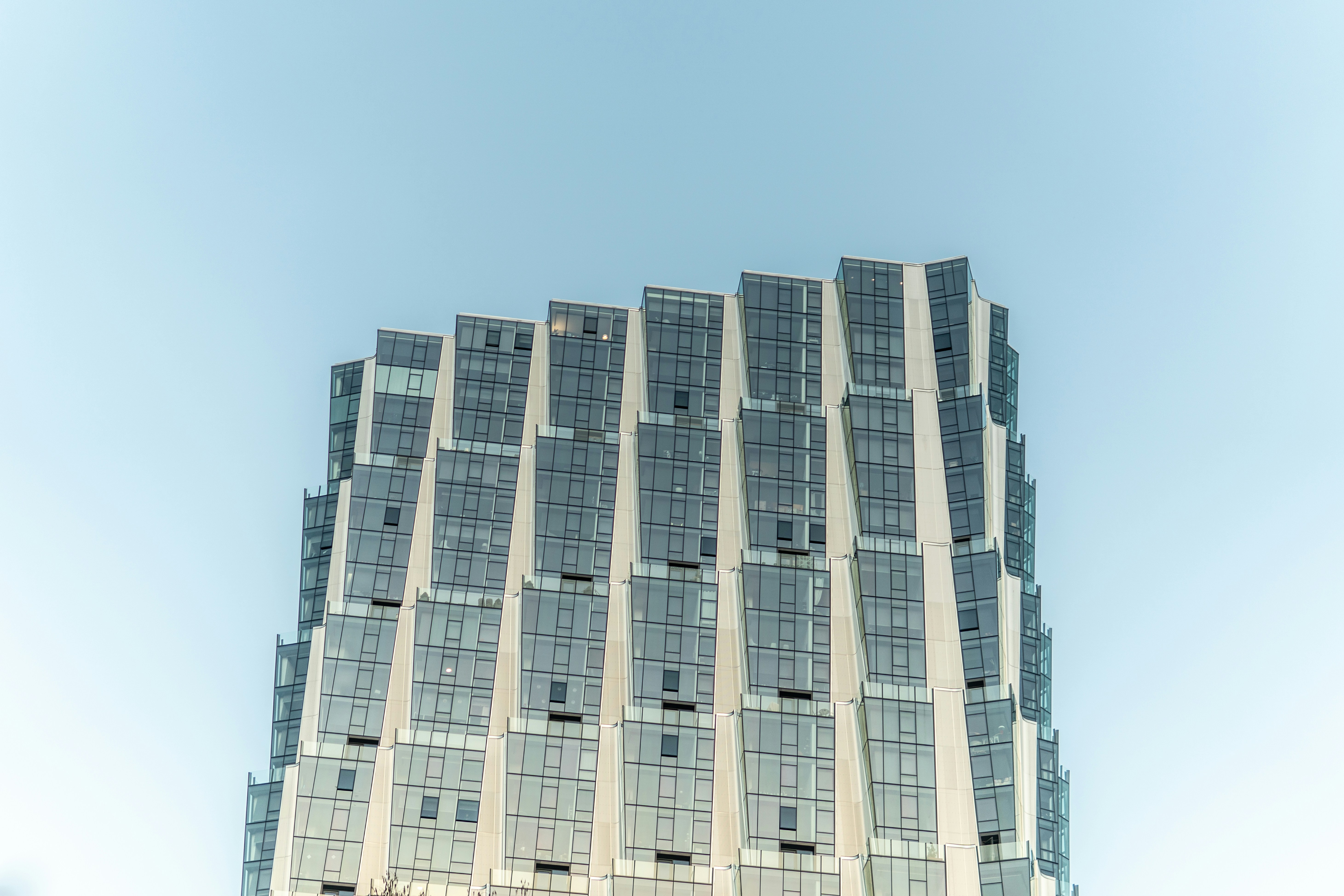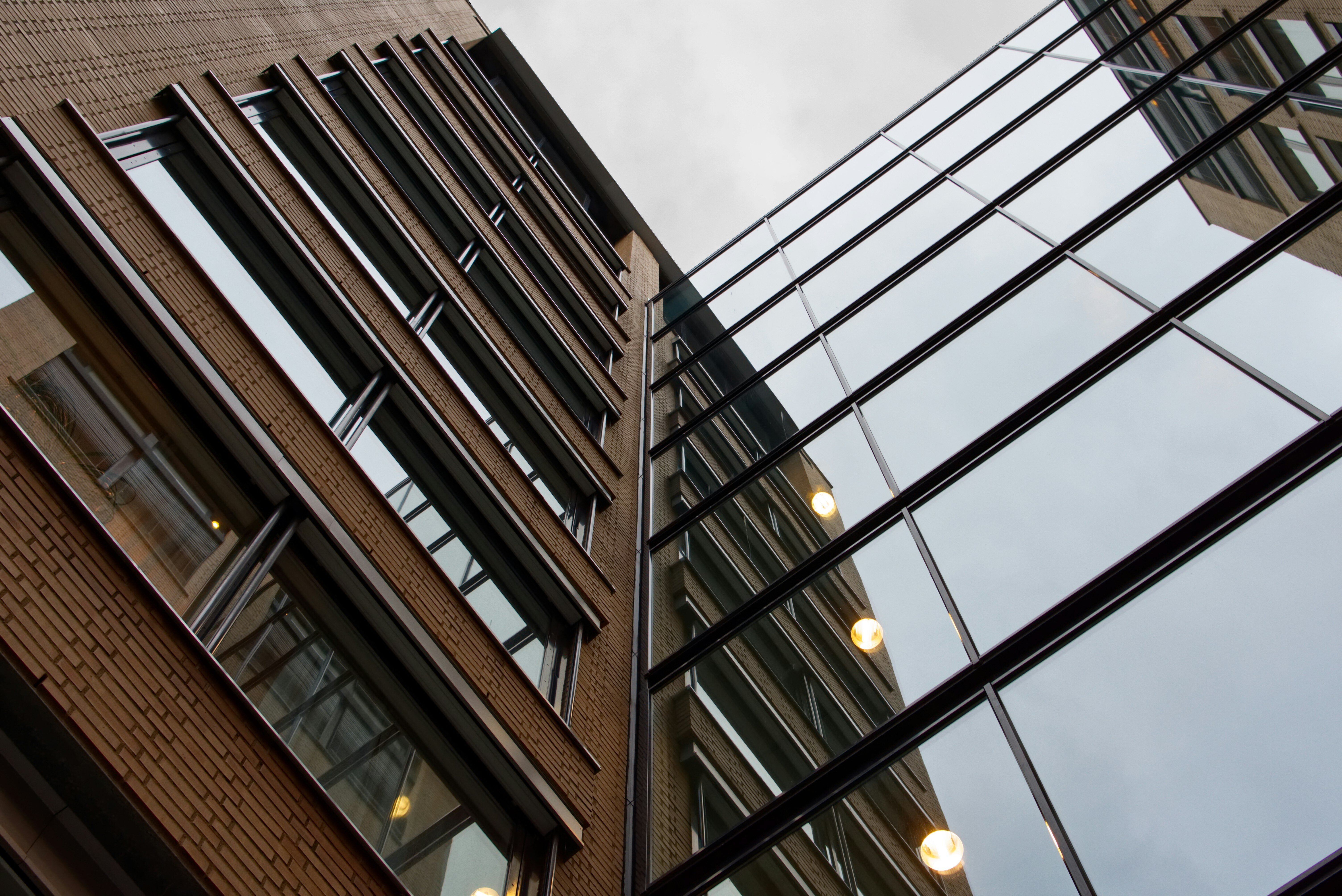Mastering Cash Flow Management for Commercial Real-Estate Investments
Mastering Cash Flow Management for Commercial Real-Estate Investments
When it comes to commercial real-estate, managing cash flow can be the difference between a thriving investment and a troubled one. Successful cash flow management ensures that your real estate venture remains profitable, even when faced with unexpected challenges like tenant turnover, maintenance costs, or market fluctuations.
Important things to know regarding Cash Flow in Commercial Real-Estate
Cash flow, simply put, is the net amount of money moving in and out of your investment. It’s the lifeblood of any real-estate project. Commercial real estate involves all income received, such as rent, minus expenses like maintenance, mortgage payments, insurance, taxes, and management fees.
Here’s the basic formula you all already know:
Cash Flow = Income - Expenses
Steps to Effectively Manage Cash Flow
1. Know Your Numbers
Understanding your property’s current and potential cash flow is the first step in effective management. To do this, you need to analyze:
- Current rental income: Are you maximizing the rent potential of your property?
- Vacancy rates: How often are your spaces empty?
- Operating expenses: What are the monthly and annual costs for maintaining your property?
- Debt service payments: Are there loans to pay off, and how are these affecting your profits?
Calculate your net operating income (NOI) and ensure that you have a solid grasp of what your margins look like.
2. Create a Cash Flow Forecast
Cash flow forecasting allows you to predict how much money you’ll have coming in and going out over a set period. Planning for the next 6 to 12 months can help you avoid surprises and stay ahead of potential issues. This is especially useful for anticipating periods of vacancy or higher maintenance costs.
3. Keep Vacancies Low
Vacancies can kill cash flow faster than anything else. A vacant property means zero income, but the expenses (e.g., maintenance, insurance) keep rolling in. That’s why it's crucial to keep your occupancy rates high.
Strategies to maintain low vacancy rates:
- Attractive lease terms: Offering competitive lease terms can attract long-term tenants.
- High-quality tenants: Screening tenants thoroughly ensures reliability and reduces turnover.
- Strong tenant relationships: Foster good communication with tenants to keep them happy and ensure lease renewals.
4. Watch Your Operating Expenses
Expenses like utilities, maintenance, property management, and insurance can creep up over time. Being vigilant about your costs and finding ways to save will help maintain your margins.
Consider these cost-saving tips:
- Energy-efficient upgrades: LED lighting or energy-efficient HVAC systems can lower utility bills.
- Regular maintenance: Fixing issues early prevents costly emergency repairs down the line.
- Outsourcing services: Hiring a reliable property management firm can reduce stress and improve operational efficiency.
5. Reserve Funds for Unexpected Costs
In real estate, the unexpected will happen – repairs, tenant vacancies, or market downturns are part of the game. That's why it’s essential to set aside cash reserves. Having 3 to 6 months' worth of expenses saved can help you navigate any rough patches without disrupting your business.
6. Manage Debt Wisely
Debt is often necessary in commercial real estate, but it needs to be managed carefully. Too much debt can eat away at your cash flow, especially if interest rates rise or you’re unable to increase rental income.
Things to consider when managing debt:
- Loan structure: Make sure your loan’s terms fit the long-term cash flow strategy.
- Interest rates: Pay attention to changes in the interest rate environment. Rising rates can make debt more expensive, reducing your net cash flow.
- Pre-payment options: Explore options to pay down debt faster when cash flow is strong.
Long-term Strategies to Boost Cash Flow
1. Invest in Property Upgrades
Regularly updating your property can not only maintain its value but can also increase rental income over time. Whether it’s modernizing the interior, improving energy efficiency, or adding amenities, these upgrades often attract higher-paying tenants and reduce vacancy.
Sustainability Tip: Green upgrades like solar panels or better insulation can lower energy costs and appeal to eco-conscious tenants. (You may also qualify for green loans!)
2. Negotiate Better Lease Terms
Another long-term strategy is revising your lease agreements and finding opportunities to adjust terms in your favor. For example, if the market supports it, you might be able to increase rent gradually over time or introduce clauses that shift certain costs, like property taxes, to tenants.
Have you reviewed your lease agreements recently to see if there’s room for improvement?
3. Explore Refinance Opportunities
If interest rates are favorable, refinancing existing loans can reduce your debt service payments and improve cash flow.
Stay Agile.
Cash flow management in commercial real estate is not just about crunching numbers—it's about staying agile, anticipating changes, and adapting as needed.
You May Also Like
These Related Stories

Why you should follow Norges Bank’s lead on managing risk in commercial real estate portfolios

How Norwegian banks and insurers are tackling climate risk head-on
